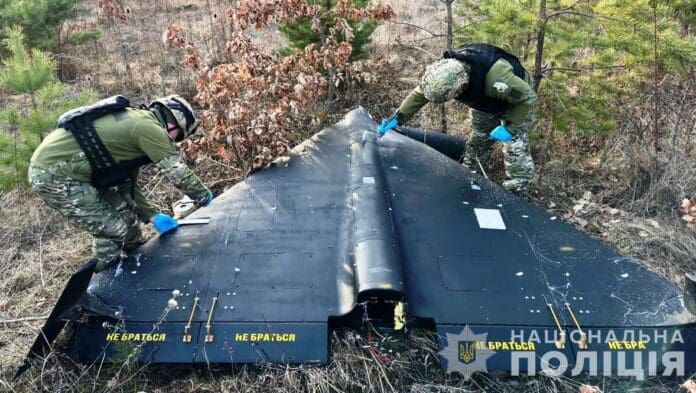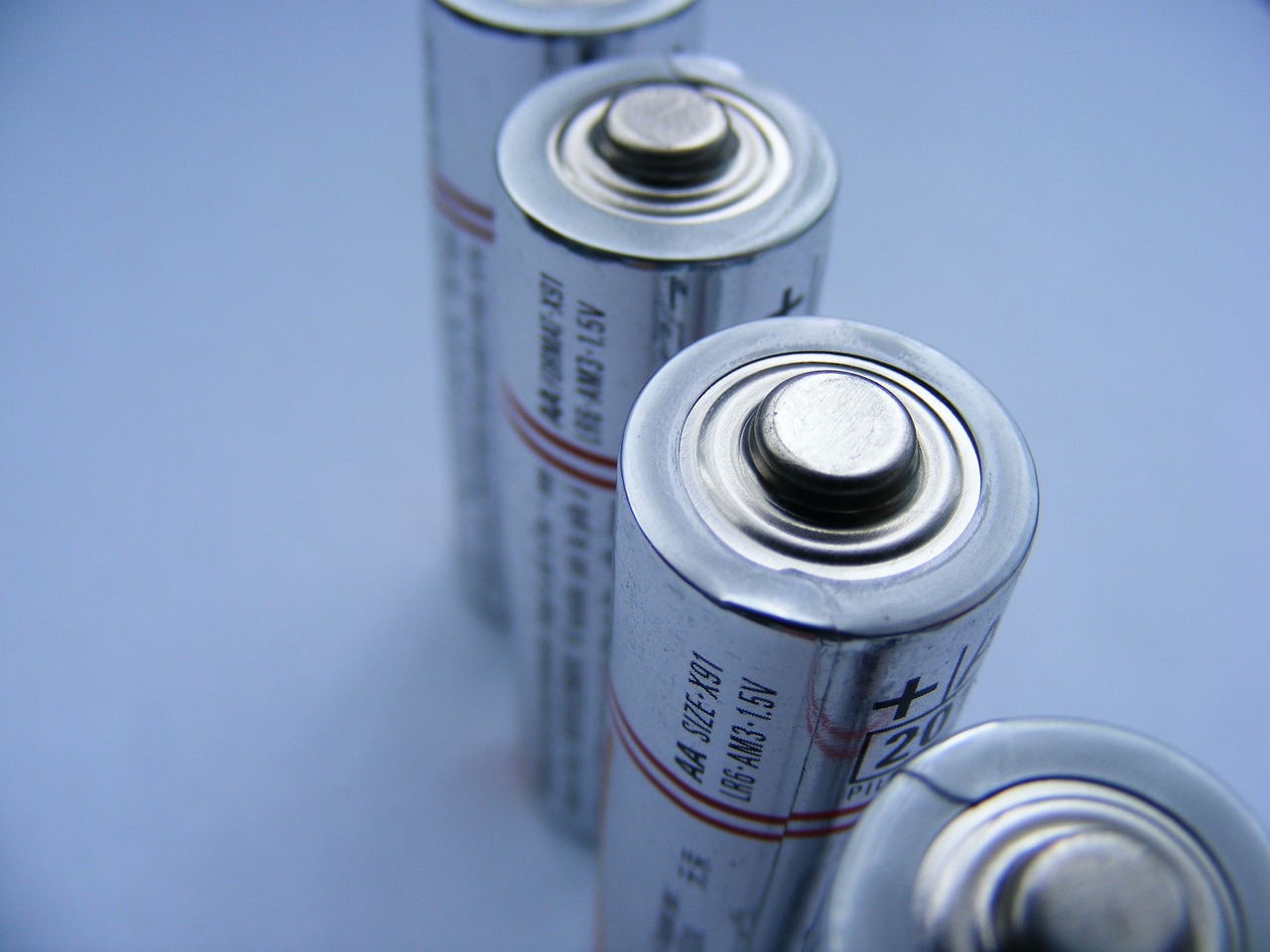This post is also available in:
 עברית (Hebrew)
עברית (Hebrew)
A recently recovered Russian drone has been found to integrate mobile network connectivity directly into its flight systems, allowing operators to control it through existing LTE infrastructure. According to a Telegram post by Ukraine’s Defence Intelligence, the modified UAV uses dual LTE modems to tap into cellular towers, effectively turning the mobile network into an extension of its command-and-control system.
The drone is equipped with a live video streaming setup, enabling operators to adjust its flight path in real time. This capability allows the platform to be used for both surveillance and precision strikes. When deployed in attack mode, the aircraft functions as a first-person view (FPV) drone, providing visual guidance for targeting. It can also be used as a decoy to saturate Ukrainian air defenses and reduce their effectiveness.
The drone features a triangular wing design and is fitted with patch antennas for communications. For navigation, it uses a satellite positioning system based on a Chinese-made Allystar module, which is described as resistant to jamming attempts. This system likely supports more resilient performance in contested electromagnetic environments.
The Defence Intelligence report highlights extensive use of Chinese-manufactured components. Roughly half of the drone’s internal systems, including communications modules, power regulators, and control hardware, originate from Chinese suppliers. The device also uses a quartz oscillator, essential for maintaining electronic stability, that appears to be sourced from China. At the front of the aircraft, a low-emission engine is installed, also believed to be Chinese in origin.
The findings come as international sanctions continue to restrict Russia’s access to Western technology, pushing the country to rely more heavily on imports from China. The presence of widely available commercial components in military-grade UAVs raises concerns about the use of dual-use technologies and highlights ongoing challenges in limiting access to sensitive hardware.
The recovered drone offers insight into Russia’s evolving battlefield tactics, particularly its effort to combine consumer-grade technologies with conventional military platforms to maintain operational effectiveness under sanctions.


























